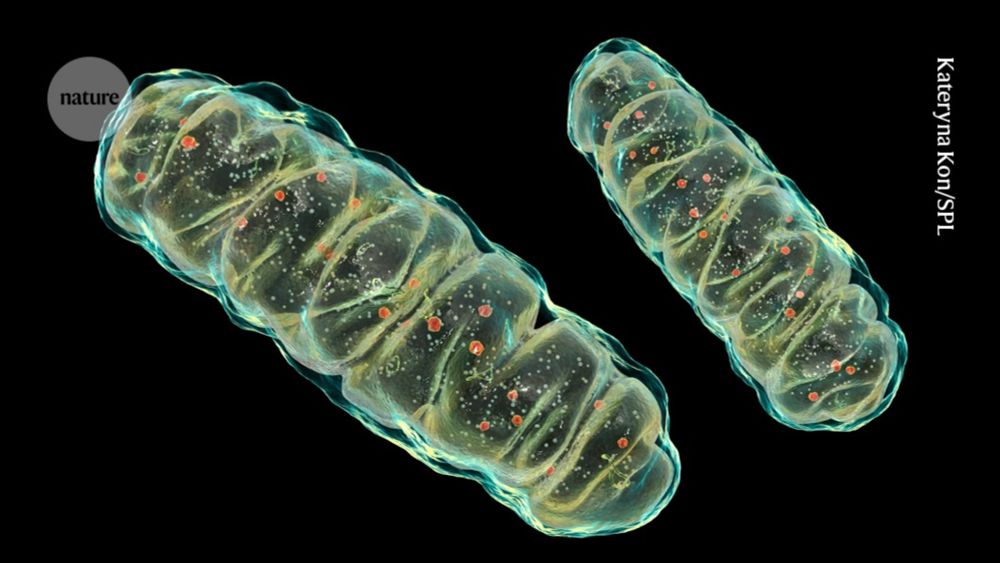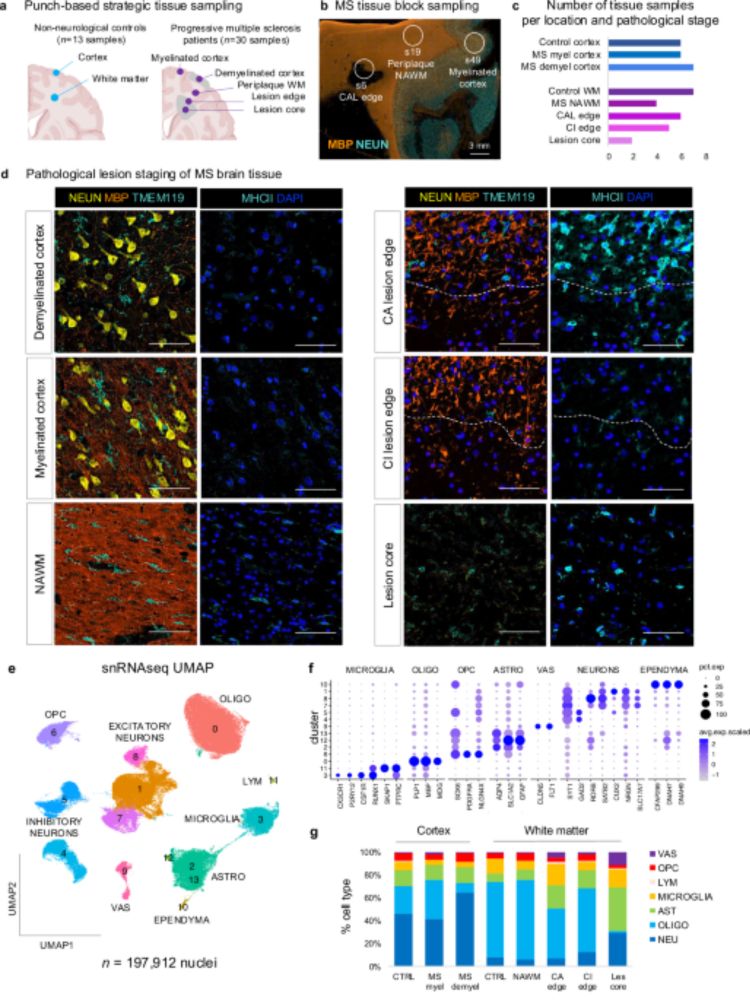Changes in accelerated aging and risk of cardiovascular disease and mortality: three cohort studies - BMC Medicine
Background Accelerated aging is a dynamic process, yet few studies examined the association of changes in accelerated aging with cardiovascular disease (CVD) and mortality. This study aims to evaluate this association in three prospective cohorts from China and the UK. Methods Data were drawn from the Kailuan cohort (n = 107,830), the Dongfeng-Tongji (DFTJ) cohort (n = 14,032), and the UK Biobank (n = 316,087). Accelerated aging was assessed by PhenoAge and Klemera-Doubal method (KDM) age, measured at baseline (Kailuan cohort: 2006–2009; DFTJ cohort: 2008–2010; UK Biobank: 2006–2010) and the first follow-up (Kailuan cohort: 2010–2013; DFTJ cohort: 2013; UK Biobank: 2012–2013). Changes in accelerated aging were classified as persistent accelerated aging, recovery from accelerated aging, delayed accelerated aging, and stable non-accelerated aging. Cox proportional hazard models were used to estimate hazard ratios (HRs) and 95% confidence intervals (CIs). Meta-analysis was performed to summarize estimates across three cohorts. Results Median follow-up periods were 10.3–15.9 years across three cohorts. When defining accelerated aging by PhenoAge, baseline accelerated aging was significantly associated with increased risks of CVD (pooled HR: 1.41, 95% CI: 1.25, 1.60) and mortality (pooled HR: 1.47, 95% CI: 1.33, 1.63). Compared to participants with persistent accelerated aging, participants recovering from accelerated aging (pooled HR of CVD: 0.76, 95% CI: 0.72, 0.81; pooled HR of mortality: 0.84, 95% CI: 0.78, 0.89), delaying accelerated aging (pooled HR of CVD: 0.75, 95% CI: 0.70, 0.79; pooled HR of mortality: 0.77, 95% CI: 0.72, 0.83) or maintaining non-accelerated aging (pooled HR of CVD: 0.59, 95% CI: 0.48, 0.71; pooled HR of mortality: 0.58, 95% CI: 0.55, 0.62) exhibited decreased risks of both CVD and mortality. When defining accelerated aging by KDM age, the results remained consistent with those of PhenoAge. Conclusions Accelerated aging is a significant risk factor for CVD and mortality. Recovering from or delaying accelerated aging, or maintaining non-accelerated aging, was associated with reduced risks of CVD and mortality. Graphical Abstract
























